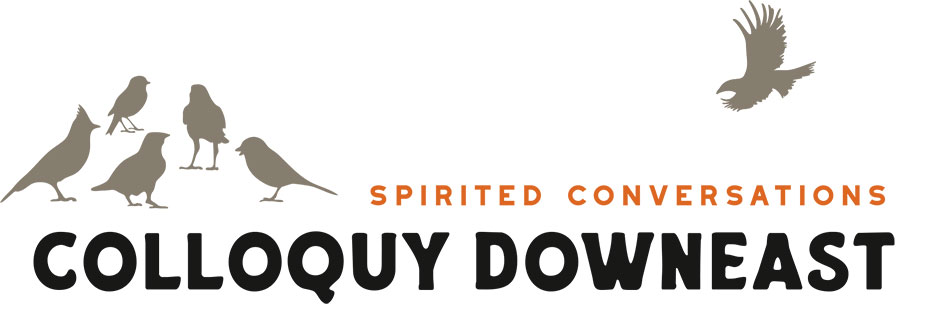Wildfires
| |||||||||
The January 2025 Los Angeles firestorm destroyed more than 15,000 structures, caused the death of at least 29 people, and burned more than 37,000 acres. It took crews from California and nine other states to fight these fires. The insured losses are estimated at some $20 billion, and the total economic damage is thought to exceed $50 billion.
The Los Angeles firestorm seems far away when you’re in Blue Hill. But… wildfires could happen in Maine. The worst wildfire in Maine’s modern history was the inferno of October 1947 on Mt. Desert Island that burned more than 17,000 acres—10,000 of them in Acadia National Park. Fifteen people died, and the fires caused $30 million in damage ($424 million today, when adjusted for inflation).
Maine has more than 17 million acres of trees, much of it feeding the wood products industry, and the Maine Emergency Management Agency takes wildfires very seriously.
“Because the forests of the State represent an enormous natural and economic resource,” the agency says on its website, “a major forest fire would have a long-term economic impact affecting industry, causing unemployment, serious erosion, loss of wildlife and agricultural land, and significantly impacting the tourism industry.”
Maine Emergency Management Agency
This colloquy will work to understand wildfire:
- Causes
- Emergency Response
- Community Mitigation
- Individual Property Mitigation
Each of the above will constitute a 2-hour session. Current articles, position papers, and other background information will be suggested to the participants shortly before the colloquy begins.
Nathan Rutenbeck is the Machine Learning and Data Product Manager at Vibrant Planet, a team of technology, applied science, and land management leaders working to foster wildfire-resilient communities and landscapes. He joined the company after nearly a decade working as a data scientist at the Natural Capital Exchange (NCX), where he worked on building Bayesian machine learning models to predict forest composition, structure, and disturbance using field measurements and remotely sensed data. He received an M.F. from the Yale School of Forestry, where he focused on forest ecology, biometrics, and silviculture, and an M.A.R. from Yale Divinity School with an emphasis on environmental and social ethics. He is passionate about leveraging data science, machine learning, and decision theory at scale to help human societies chart a course toward a more just and sustainable future in an era of increasingly complex and intertwined technological, economic, and environmental problems.
Tommy Morris is an assistant chief of the Brooklin Fire Department and board chair of the Hancock County Firefighters Association. He retired in 2024 from a 45-year career in the property casualty insurance industry, most of which was spent helping insurance companies understand, quantify, and access capital to manage their exposure to catastrophic events.
Syllabus/Reading
Syllabus
Current articles, position papers, and other background information will be suggested to the participants shortly before the colloquy begins.
Session 1: Causes
Session 2: Emergency Response
Session 3: Community Mitigation
Session 4: Individual Property Mitigation
▼ Registration


